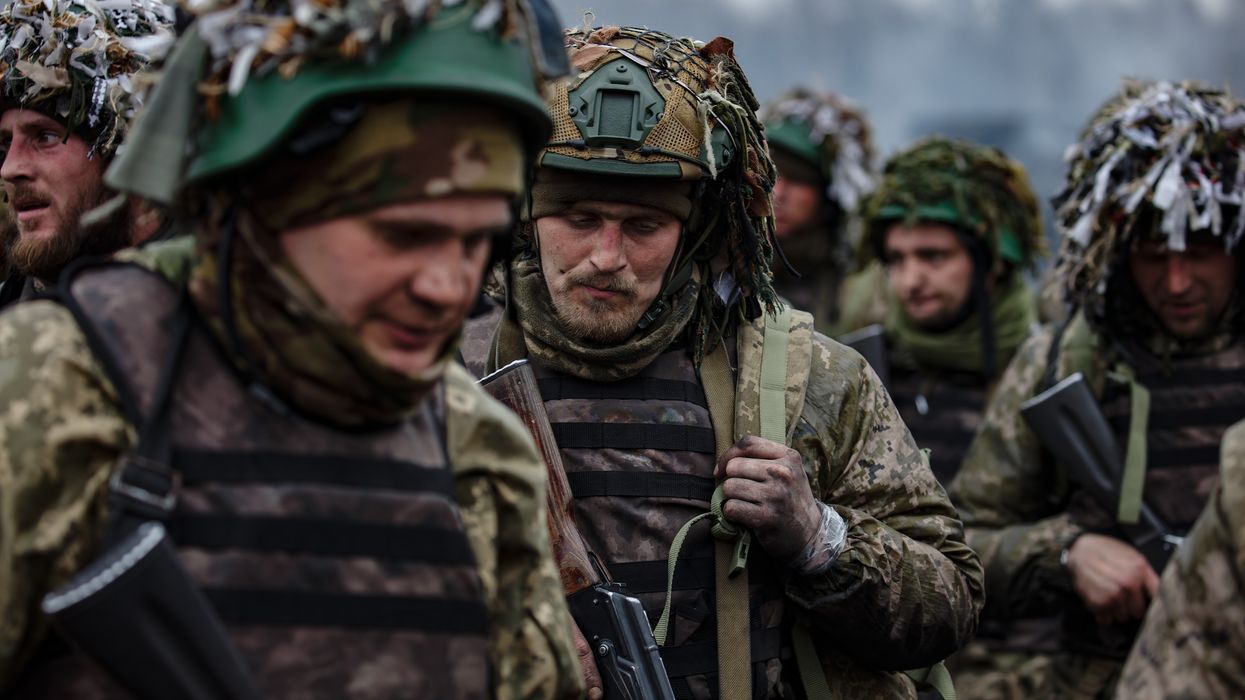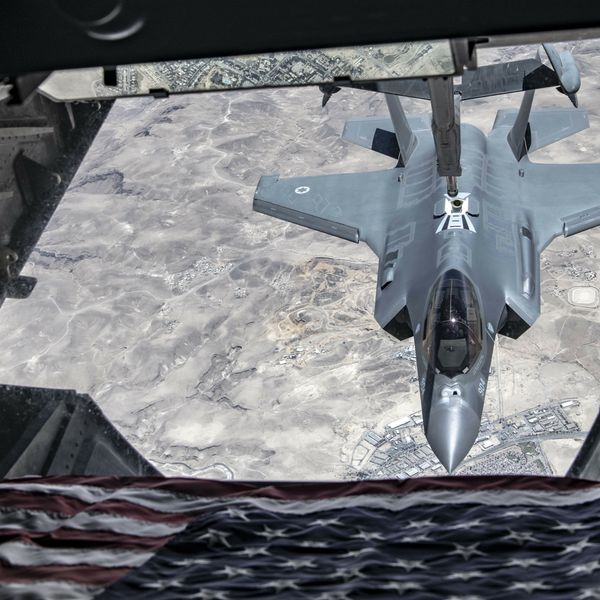The last time it seemed like the Islamic Republic of Iran was tumbling down, and the usual suspects were telling us it was the end of the Iranian regime, was in 2017. Anti-government demonstrations had broken out without warning in Mashhad during the early days of winter and quickly grew to include dozens of communities throughout Iran, generating countless headlines and dispatches filled with speculation about the imminent demise of the IRI.
At the height of what was then the worst political violence in Iran since the calamitous 2009 presidential elections, the journalist Ali Reza Eshraghi offered a second opinion on the crisis, diagnosing the widespread and fast-moving protests gripping the country as an expression of hope, not abandonment, an uncertain remedy for a body politic plagued by corruption and the pathology of arbitrary rule. “For a country that behaves in ways that defy prediction,” wrote Eshraghi, a veteran of the student movement of the 1990s, “mass protest is like a medical treatment that is both poison and cure. It could expand the scope of participatory politicking or shrink it into more exclusionary and authoritarian forms of government.” Prescribed by the public through direct action, it was up to Iran’s leaders to take or reject their medicine.
That in 2019 they chose poison is the source of despair. The brutal takedown of protestors this past November, the unrepentant violence that in the span of a few weeks resulted in the deaths of at least 304 Iranians, marks a turning point in the political development of Iran — a retreat from, if not outright abandonment of, what had been in recent years the fitful but incremental consolidation of democracy. If Iran was for a time, and against the odds, becoming more democratic in spite of itself, then the decision by the authorities to fire on protestors, to reach immediately for the gun, was spite itself, an act of unaccountable malice.
The bill will not be long in coming due. We are undoubtedly witnessing the final days of an oppositional politics centered on the vote, each ballot and electoral triumph a step towards securing a politics less cruel, less absolute. The virtuous cycle of elections that unexpectedly defined the aftermath of the 2009 Green Movement is already being replaced from below by an emerging cycle of protest, of demonstration and violent counter-demonstration, an accelerating path to ruin without the usual offramp of elections to restore the peace.
The speed at which the turn to violence has metastasized is breathtaking. It took several weeks for an unprepared security apparatus to fully bare its teeth in the summer of 2009, and another six months for officials to fully suppress the Green Movement uprising, resulting in the deaths of 72 Iranians. This fall’s protests surpassed that total in a matter of days. State agents killed at least 106 protesters in 21 cities between November 15–19, according to Amnesty International; the number killed may be as high as 1,500.
Conflagration, Not Implosion
The compounding tragedies of 2017 and 2019 bode badly for the durability of the IRI. Iran may yet tip into rapid collapse, an absolute nightmare scenario of political change (see Syria, Libya). The shameless use of violent force by the state against unarmed protestors makes such an outcome more, not less, likely in the long term. Fierce states are almost never strong states, the deployment of bayonets being, as Talleyrand reminds us, useful for maintaining the throne, but not for sitting on it.
Nonetheless, that the present state of affairs will end with implosion in the near-term remains an unlikely, if not exactly unimaginable, outcome. Iran 2019 is not the Soviet Union in 1989, nor Libya 2011. The nature of IRI rule, an ideological state lacking a singular “Dear Leader” in the manner of a Saddam, Qaddafi, or Assad, makes it a poor candidate for the type of rapid collapse associated with so-called sultanistic regimes. Cries of “Death to Khamanei” make for good copy, but are hardly sufficient for bringing about the demise of a well-entrenched system, sustained by the special authenticity of religion and boasting numerous nodes of power.
Though it is unclear how the coming months will play out, what is amply foreseeable is the maelstrom that is sure to occur were a dramatic collapse to occur. Conflagration, not implosion, is the more likely outcome in Iran. For every Iranian who loathes living under the Islamic banner, there are plenty who count themselves as the nezam’s devoted constituency, its willing defenders, unto death, unto the release of martyrdom.
On the other side of revolution lies civil war and the failed state, a reality that Iranians who lived through the postrevolutionary chaos of the 1980s are keen to avoid, whatever the costs. For those who have forgotten or who never knew just how bad things were or might become again, there is a constant reminder nearby, a counterfactual in the horror show that is Syria. It certainly appears that Tehran has already taken malign lessons from the Assad regime, a rough education in how state violence applied instrumentally, mercilessly, can unfortunately work. Shoot first, forgive later, but only after a show trial.
Sticking Together
The key to turning the tide of violence within Iran is elite defection — above all the breaking of ranks within the security forces, the proverbial “boys with the toys.” There is at the moment little indication that such defections are on offer, at least among the upper ranks of the civilian and military leadership (whether front line forces will continue to obey orders is another matter).
The persistence of elite cohesion can be partly attributed to the absence of a disposable figure, a scapegoat in the mold of an Ahmadinejad, a politician whose toxic mix of arrogance, abrasiveness, and self-confidence did as much to divide his own camp as it did society at large. But perhaps the most crucial source of solidarity has been the international context. The decision by the United States to abandon diplomacy and the JCPOA in favor of the chimera of “maximum pressure,” to say nothing of the recent assassination of Qassam Suleimani, has had the predictable effect of putting Tehran on a war footing, artificially inflating the strength and recklessness of the regime, to say nothing of its whip hand. With massive demonstrations against Iranian influence in Lebanon and Iraq, the U.S. escalating an already onerous sanctions regime against Iran, and the Europeans helpless to stop them, it is not surprising that Tehran views the latest protests as more than a domestic upheaval, quite apart from the usual paranoia about foreign intrigue.
Caught in the middle, as always, is the general public. Besieged by their government at home and a relentless sanctions regime from abroad, without recourse to a viable alternative and faced with the sheer awfulness of the overseas opposition, most have made the choice to bide their time, no matter how sympathetic they may be towards the protestors. Better to stick with the current system and scoundrels you know at home, than the unknown pretenders to power operating out of LA studios or troll farms in Tirana.
Sticking to the elusive indigenous solution has the advantage of preserving the public’s leverage over their tormentors. As so often happens in abusive relationships, Iran’s authorities continue to condemn protestors and their families even as they try to win them back using pious gestures of forgiveness and regret. Official mistrust of the public coexists with a desperate reliance on the public’s affirmation of regime legitimacy. Reports that officials are growing worried about turnout for the 2020 parliamentary elections are reflective of the endless dilemma of the IRI, a political system whose leaders crave constantly high turnout as evidence of the people’s love of the revolution, but who loathe the results that high turnout always brings, namely the (re)appropriation and reimagining of democracy from below.
Elections, however, are infrequent instruments, insufficient for the conciliation of a general population furious about increased fuel prices and the cost of melons in the here and now. Where elections come up short, there is the mass demonstration. Lining the fundaments of Iran’s post-revolutionary architecture is the imperative to stand against injustice, a mandate to revolt. Protests have a long and storied pedigree in Iran and though it is not much talked about, they have traditionally served as a restorative, if not a reminder. Heal thyself, before it’s too late.
Letting Go
Three years before the current crisis, when peaceful progress still seemed possible, civil society activists mounted an impromptu and self-organized push to get out the vote ahead of the 2016 parliamentary elections. They deployed an arsenal of memes, videos, and articles through social media platforms such as Telegram, aimed at holding the line against the worst elements of the regime. Voting, they argued, was neither poison nor treatment, but a palliative, a way to resist through acts of abeyance. “Prevention is better than a cure.” They approached their task with an air of resignation and pragmatism, an unembarrassed lowering of stakes. “However much you remove yourself from the action,” read another popular meme, “you’re still inside this nezam,” or system.
Havel reminds us that the prerogative to stay within the system is in fact a choice, not a mandate. Embedded in nezam is nazm, the Persian word for “order.” What happens when the system is disordered, when order is completely absent? When soldiers shoot at unarmed protesters, when Khuzestan marshes turn into killing fields, when there is no system to speak of, then it becomes necessary to step outside, to seek healing in lives lived separately, simply, and in the truth.
















